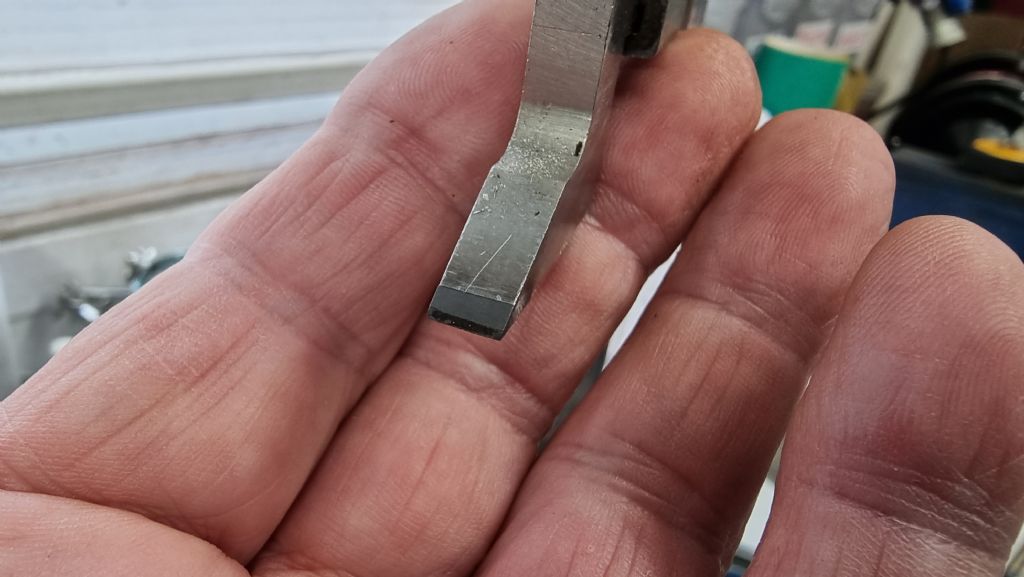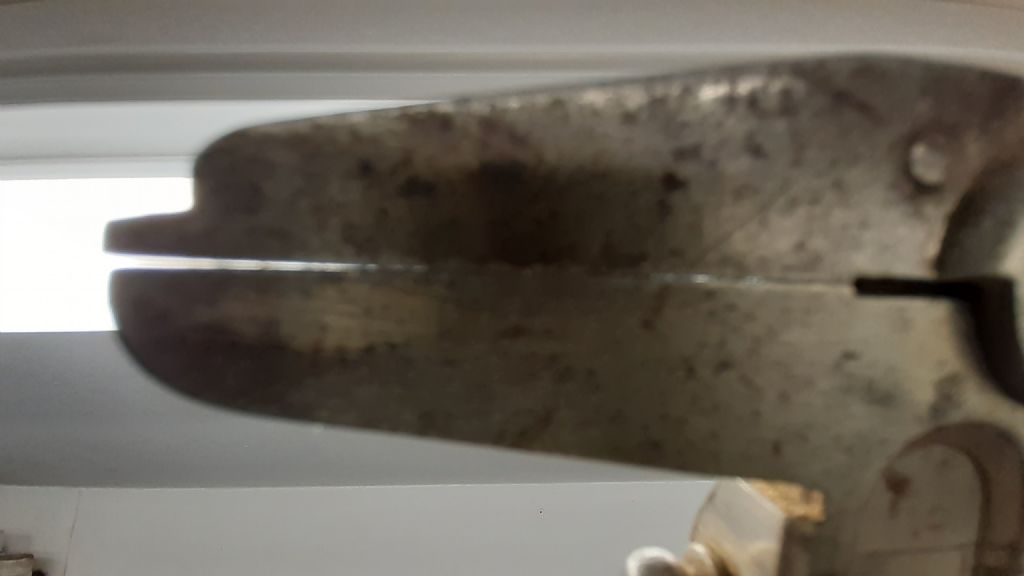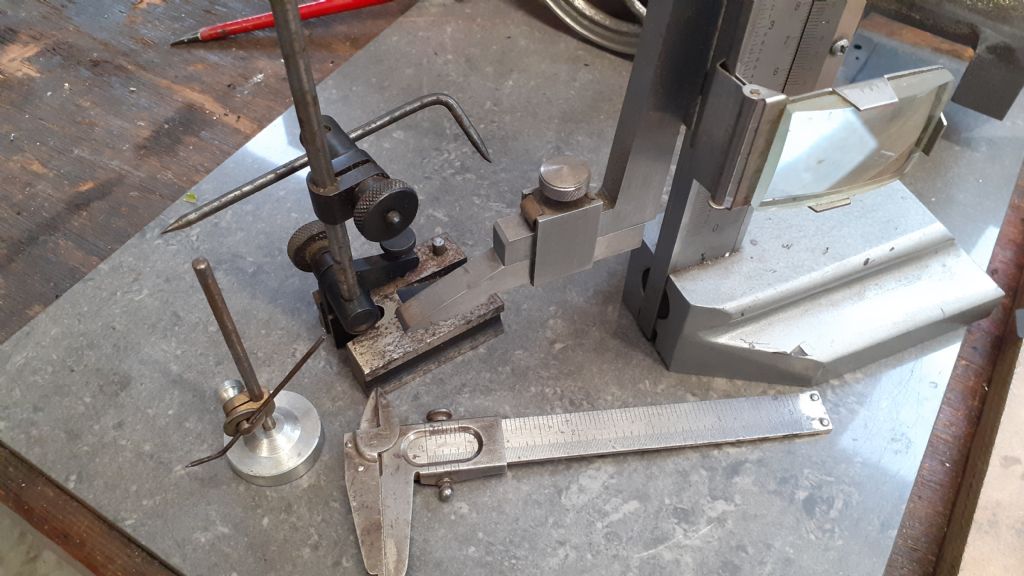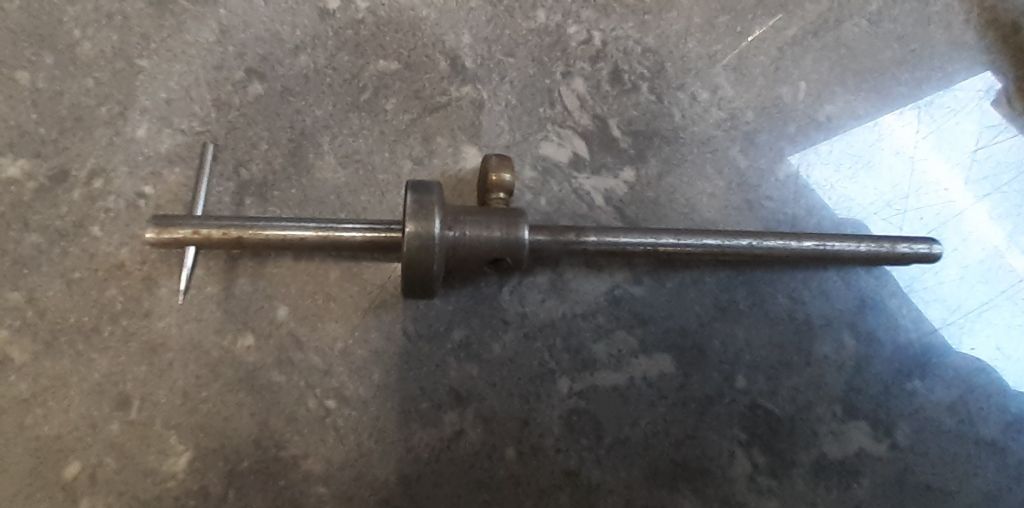Scribing with verniers
Scribing with verniers
- This topic has 54 replies, 32 voices, and was last updated 4 January 2022 at 13:45 by
 File Handle.
File Handle.
- Please log in to reply to this topic. Registering is free and easy using the links on the menu at the top of this page.
Latest Replies
Viewing 25 topics - 1 through 25 (of 25 total)
-
- Topic
- Voices
- Last Post
Viewing 25 topics - 1 through 25 (of 25 total)










